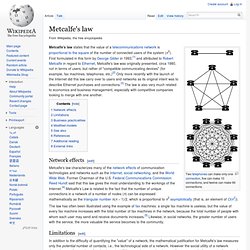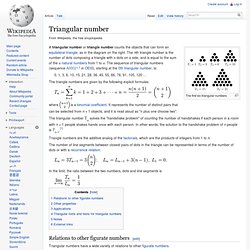

Visualization and evolution of the scientific structure of fuzzy sets research in Spain. A.G.

López-Herrera, M.J. Cobo, E. Herrera-Viedma, F. Herrera Department of Computer Science and Artificial Intelligence, CITIC-UGR (Research Center on Information and Communications Technology), University of Granada, E-18071-Granada, Spain R. E. Introduction Fuzzy set theory, which was founded by Zadeh (1965), has emerged as a powerful way of representing quantitatively and manipulating the imprecision in problems. In Spain, the first paper on fuzzy set theory was published by Trillas and Riera (1978). According ISI Web of Science, from 1965 more than one hundred thousand papers on fuzzy set theory foundations and applications have been published in journals. In this paper, the first bibliometric study is presented analysing the research carried out by the Spanish fuzzy set community. The study reveals the main themes treated by the Spanish fuzzy set theory community from 1978 to 2008.
Methods The Co-word analysis According to Krsul: We now discuss how we implement each of these steps. Metcalfe's law. Two telephones can make only one connection, five can make 10 connections, and twelve can make 66 connections.

Metcalfe's law states that the value of a telecommunications network is proportional to the square of the number of connected users of the system (n2). First formulated in this form by George Gilder in 1993,[1] and attributed to Robert Metcalfe in regard to Ethernet, Metcalfe's law was originally presented, circa 1980, not in terms of users, but rather of "compatible communicating devices" (for example, fax machines, telephones, etc.)[2] Only more recently with the launch of the Internet did this law carry over to users and networks as its original intent was to describe Ethernet purchases and connections.[3] The law is also very much related to economics and business management, especially with competitive companies looking to merge with one another.
Network effects[edit] Limitations[edit] Business practicalities[edit] Modified models[edit] See also[edit] Triangular number. The first six triangular numbers A triangular number or triangle number counts the objects that can form an equilateral triangle, as in the diagram on the right.

Reed's law. Reed's law is the assertion of David P.

Reed that the utility of large networks, particularly social networks, can scale exponentially with the size of the network. The reason for this is that the number of possible sub-groups of network participants is 2N − N − 1, where N is the number of participants. This grows much more rapidly than either the number of participants, N, orthe number of possible pair connections, N(N − 1)/2 (which follows Metcalfe's law). so that even if the utility of groups available to be joined is very small on a peer-group basis, eventually the network effect of potential group membership can dominate the overall economics of the system. Derivation[edit] Quote[edit] From David P. "[E]ven Metcalfe's law understates the value created by a group-forming network [GFN] as it grows. Casual Observation from Fractal Network Growth Experiments. This happens to be one of those rare instances where the benefit of hindsight does not make me regret something said flippantly on a panel.

I deeply believe that in order to truly change the world we cannot simply "throw analytics at the problem. " To that end, the medical and health industries are perhaps the most primed to be disrupted by data and analytics. To be successful, however, a deep respect for both the methodological and clinical contexts of the data are required. It is incredibly exciting to be at an organization that is both working within the current framework of health care and data to create new insight for people, but also pushing the envelope with respect to individuals' relationships with their own health. The challenges are technical, sociological, and political; but the potential for innovation that exists in this space comes along very rarely. I feel lucky to have an opportunity to move into the health data space now. Sensor data. Thinking Networks II. First presented to The Developing Group on 3 June 2006 (an earlier version, Thinking Networks I, was presented on on 5 June 2004) Thinking Networks II James Lawley Contents 1.

Introduction 2. A. 4. Note: There are three types of description in this paper: i. Ii. Iii. 1. I'll start with a tribute to Fritjof Capra who made an early and significant contribution to bringing the importance of networks to my attention when he asked: "Is there a common pattern of organization that can be identified in all living systems? The kinds of networks we shall be considering are complex adaptive or complex dynamic networks. However, none of this would be very interesting if it wasn't for the fact that inspite of their complexity, inspite of the adaptive and dynamic nature of these networks, recent research has shown them to have remarkably consistentpatterns of organisation.
"We're accustomed to thinking in terms of centralized control, clear chains of command, the straightforward logic of cause and effect. Network Topologies - King Of Networking.